Show Your Thoroughness
Four tricks to improve your inspections and your reputation
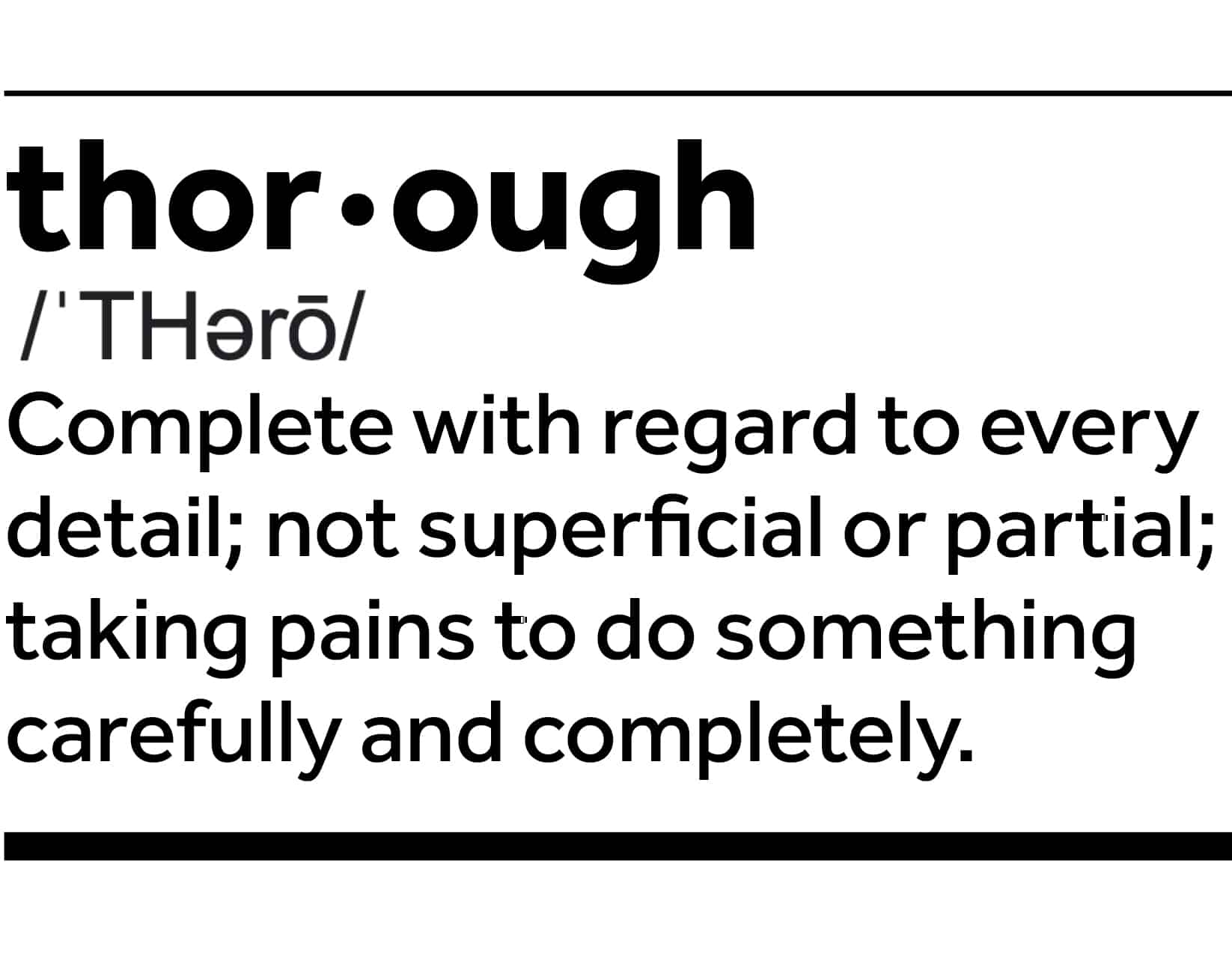
Let’s talk about being thorough.
Thorough: Complete with regard to every detail; not superficial or partial; taking pains
to do something carefully and completely.
Why Be Thorough?
Being thorough may be the most important attribute of a good inspector. Thoroughness demonstrates your dedication to providing a complete inspection of the property and develops client confidence in your expertise and the accuracy of your findings.
Satisfied clients impressed by your thoroughness are more likely to recommend your services to others, which can grow your business through word-of-mouth referrals. Consistently delivering thorough inspections can enhance your professional reputation. Real estate agents and other professionals may be more likely to trust and recommend inspectors who are known for their attention to detail.
I also like to believe that demonstrating how thorough you are can possibly shield you from lawsuits. Thorough inspections reduce the likelihood of future disputes from undiscovered problems, but also if the client believes you did everything you could do and trusts you and your opinion, they may be less likely to jump to a lawsuit.
I always try to have clients follow me for the whole inspection. It gives me a chance to explain everything, and they are physically coming along into every nook and cranny. They ask questions and make sure nothing gets overlooked.
There is no substitute for a keen eye, taking enough time to thoroughly investigate everything, clear photos and a clear, comprehensive report. But how else can you demonstrate to your clients that you
are thorough?
Above and beyond the basics, here are a few things I do every inspection:
1. Be Seen
It is important that clients see us working. That
means doing our dirtiest work when the clients are fully aware of where we are and what we’re looking for.
If it is too dangerous, unpleasant, or cold for clients to accompany me I describe what I’m looking for and show them pictures when I return from the roof,
the crawl space, outside from the rain, snow, etc.
I love having clients look at a small ceiling scuttle
or crawl space hatch and ask me, “Are you really going in there?” or “Can you fit in there?” And my favorite:
“I didn’t think inspectors went in places like that.”
I usually make some joke about how my thoroughness is reflected in the bill. But going into attics and crawl spaces and under decks is what we are paid to do. It shouldn’t ever be surprising that we are going to get into those areas (and take photos).
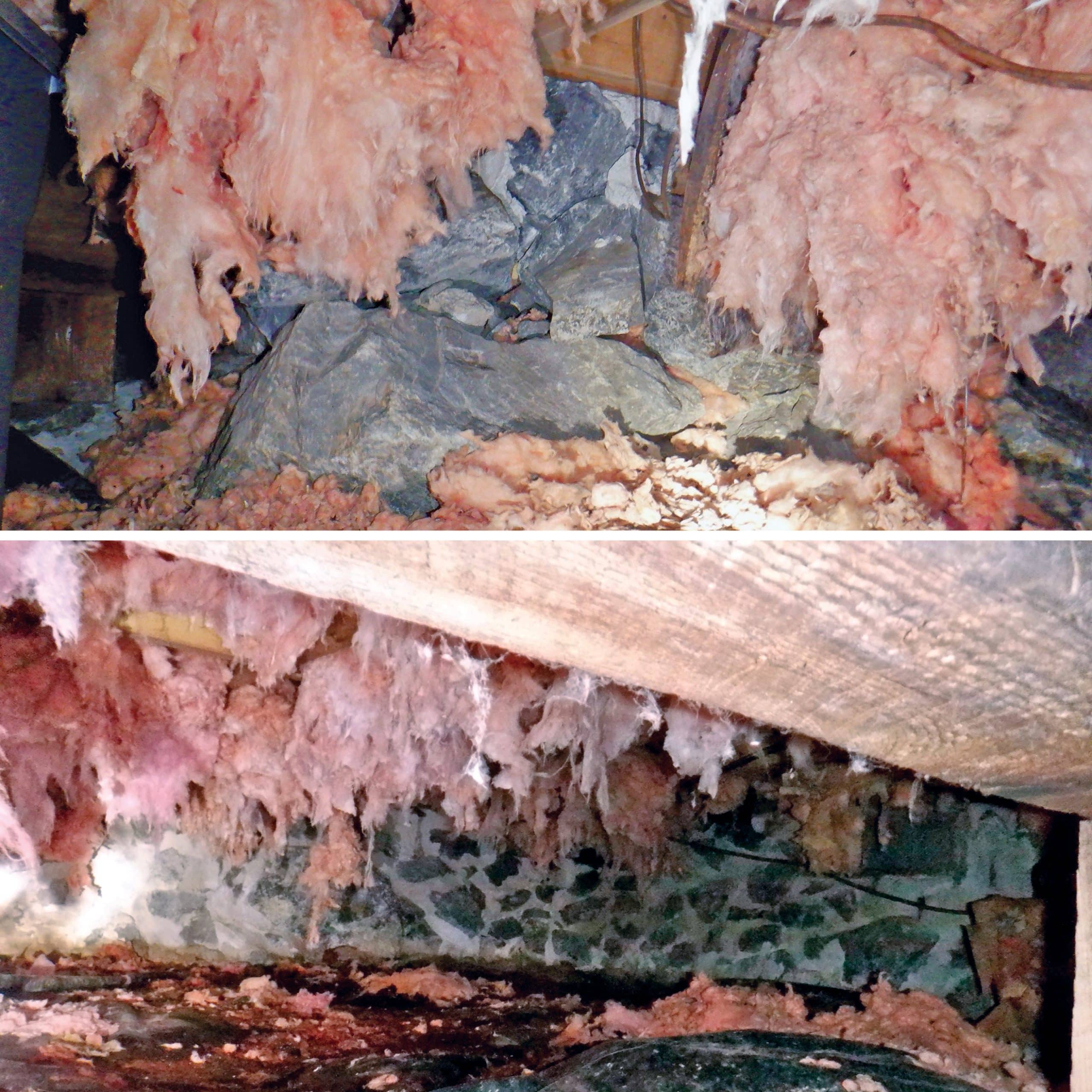
2. Measure with Tools
Photos are great, but without context they may just be taking up space. I always have a small ruler with me and I use it all the time to measure cracks, gaps, and anything that will make my photo better.
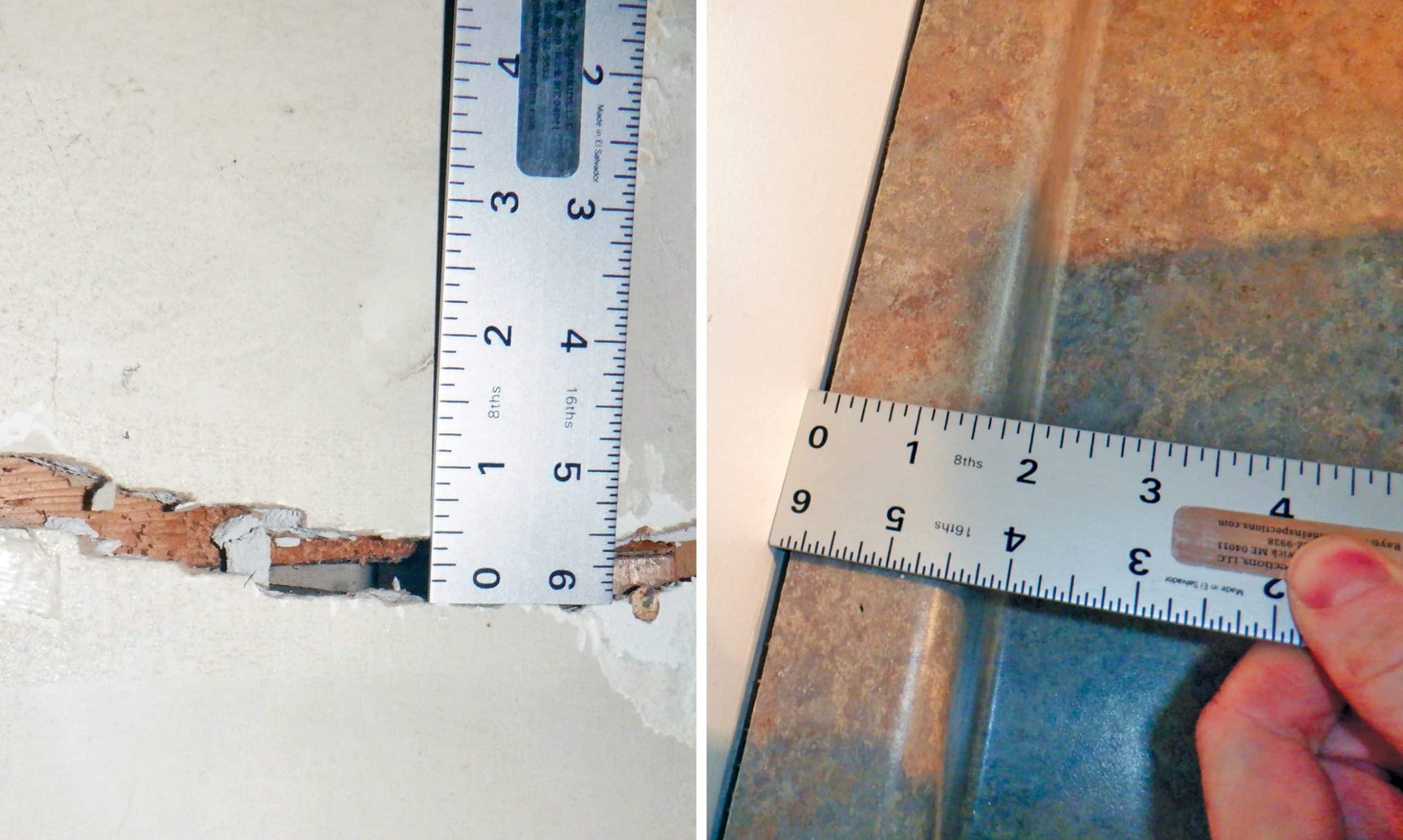
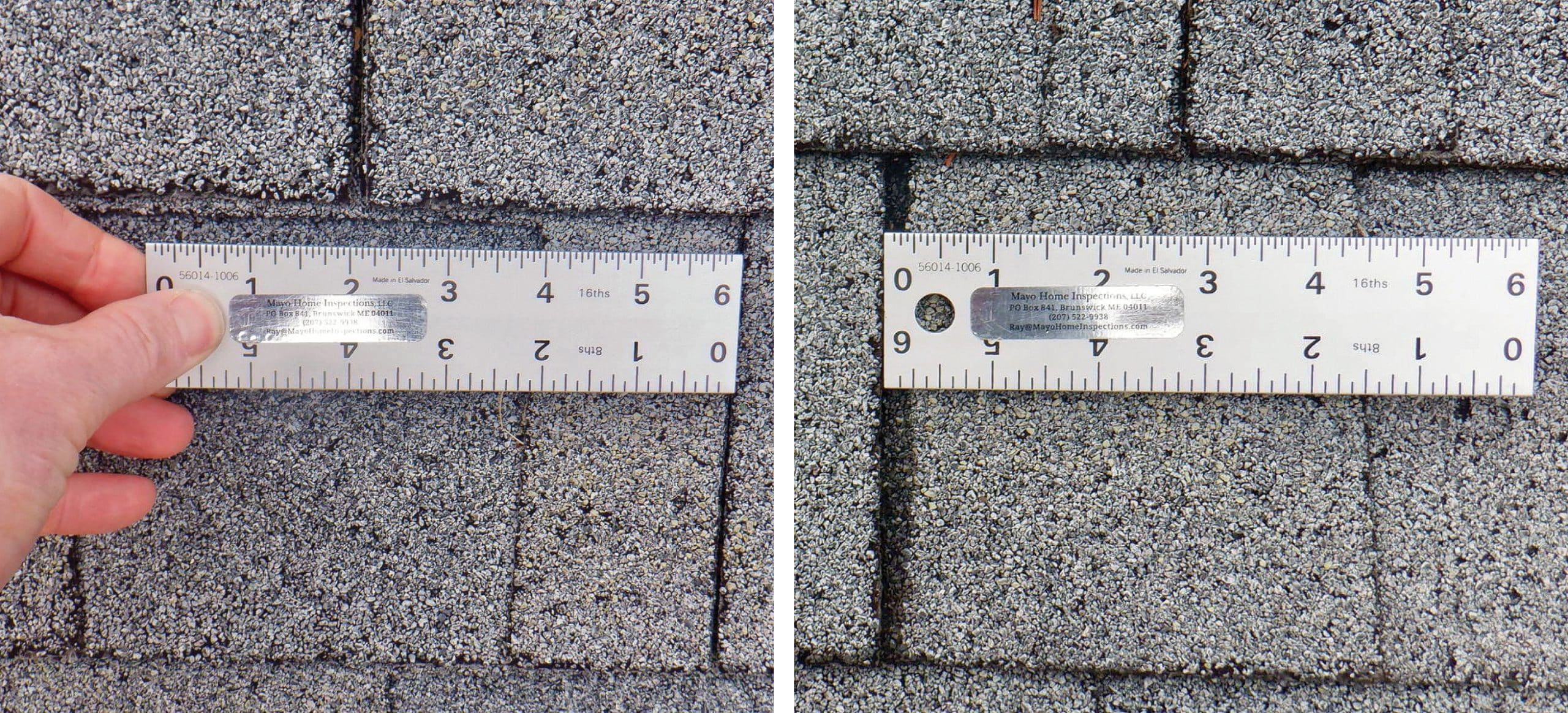
One of the most common places to put this into practice is with shingle stagger on architectural roof shingles. How I write it up: “Architectural-style (laminated) roof shingles need to be staggered from one course to the next with sufficient overlap to prevent water leaking through the seams. Most shingle manufacturers require 6″ of overlap, and many roofers aim for approximately 10″. Many shingles on the rear side of the building have less than a 5″ overlap and several are approximately 2.” This may cause the shingles to fail prematurely, and is an indication of a low-quality or amateur installation. No obvious problems were observed as a result of this installation but careful monitoring over time is recommended.”
I always use a digital thermometer or infrared camera (IR) when testing hot water temperatures.
I would never write that the water “felt too hot.” That isn’t our job. Whip out that fancy piece of equipment and get an accurate number. How I write it up:
“The domestic hot water heater was functioning and the domestic hot water in the bathroom sink reached 152° Fahrenheit, which could cause injury. 120 to 125° Fahrenheit is considered the maximum safe hot water temperature. The water temperature can be controlled on the hot water heater.”
IR cameras are also invaluable with radiant heat systems. I’ve found electric radiant heat in ceilings, defective heating coils in concrete floors, and any number of insulation problems. I paid a lot for my camera and I want my clients to know I use it often.
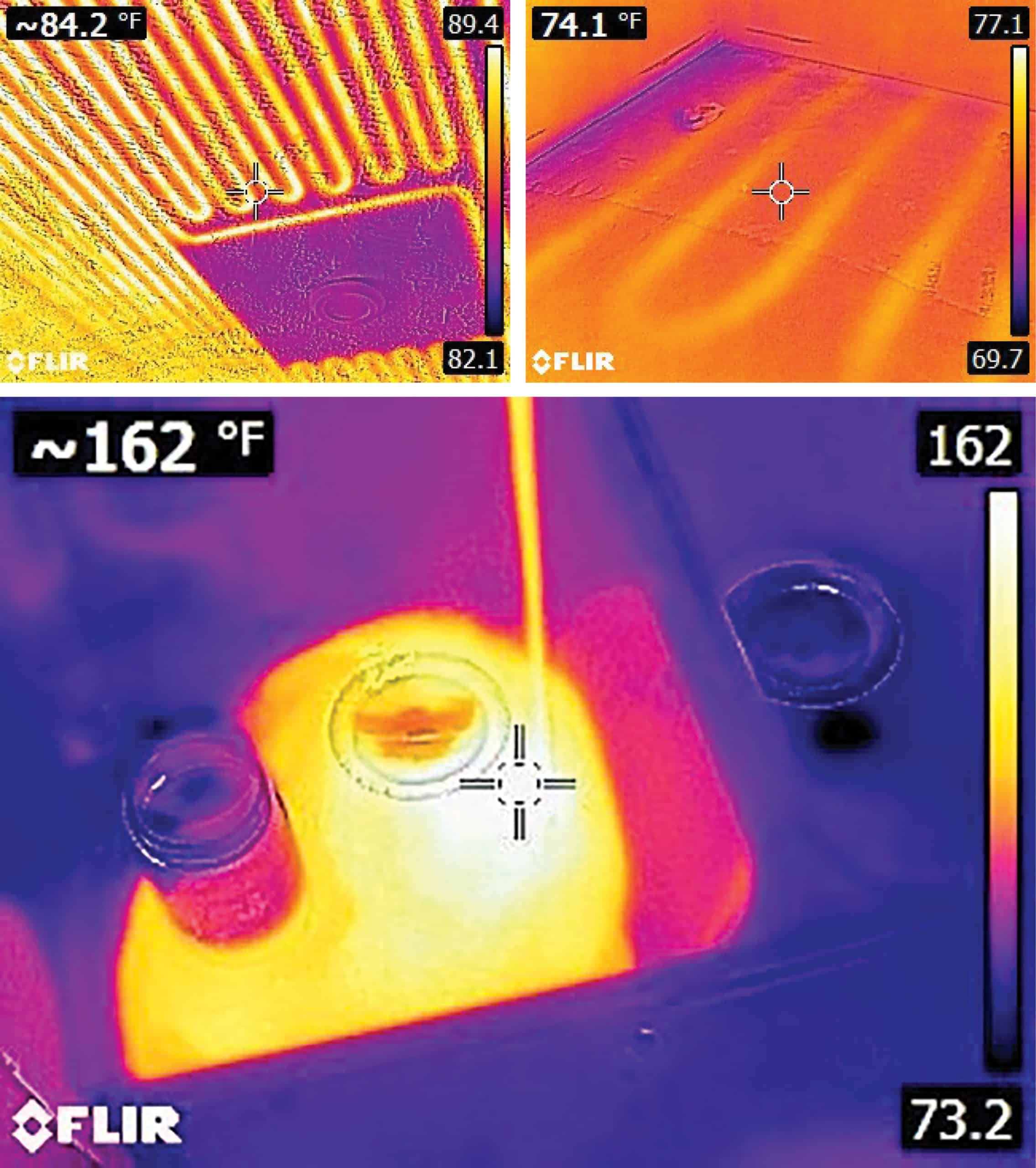
3. Find Hidden Problems
One of the easiest ways to be seen as thorough is knowing what you are looking for.
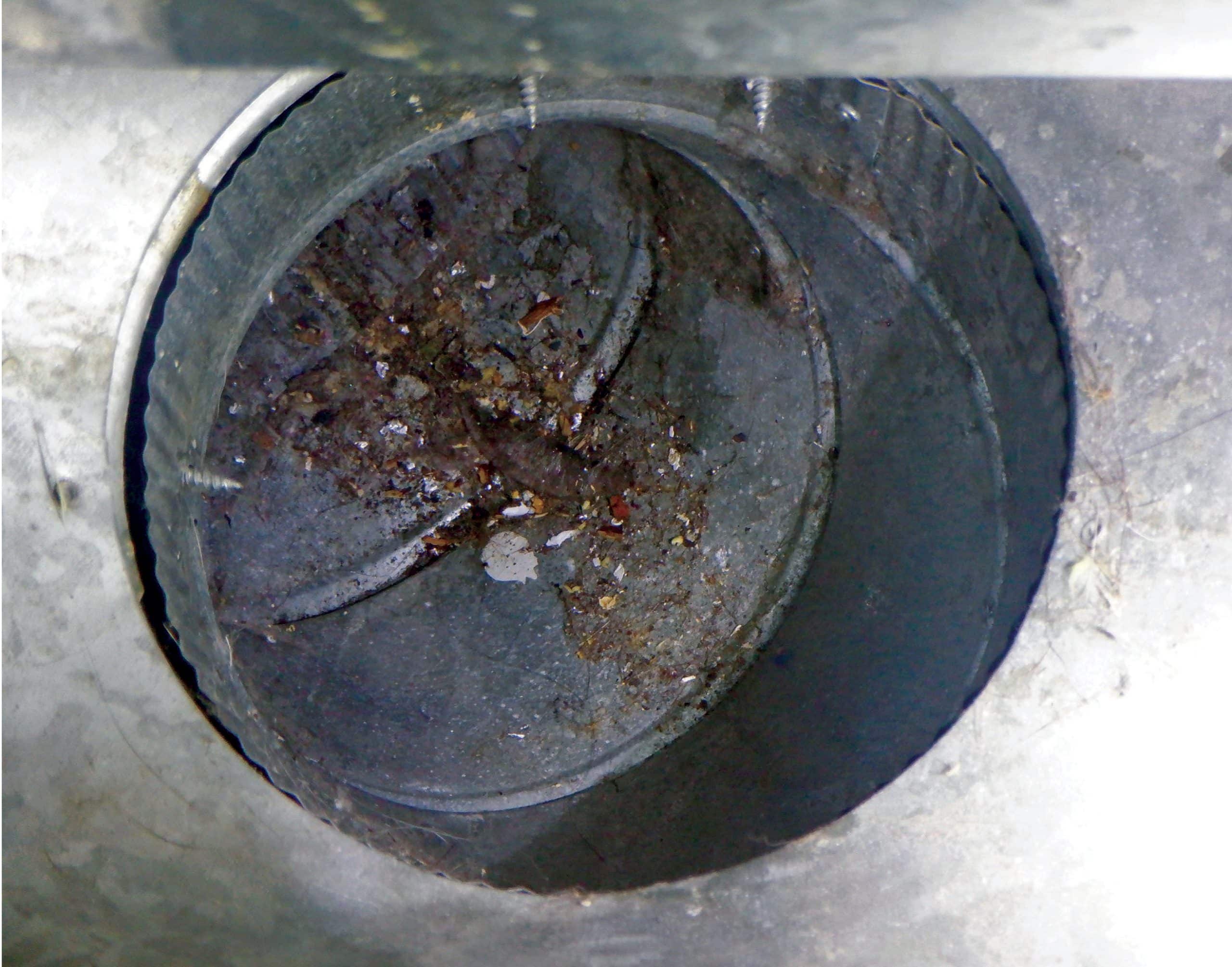
Whenever I am in a house with a forced hot air system I always remove floor duct covers. I (almost) always find a disgusting pile of cereal, cat food, hair, and sawdust. Add a little moisture, and you will have a great mold distribution system every time the furnace turns on.
One of the worst offenders is new construction. The heat ducts are often installed before the drywall and finish work, and drywall dust, sawdust, and small pieces of wood (or even trash) can cause all kinds of disgusting problems. How I write it up: “Heating ducts in floors collect debris. Mold can grow in dusty ducts, and these ducts should be periodically checked and cleaned.”
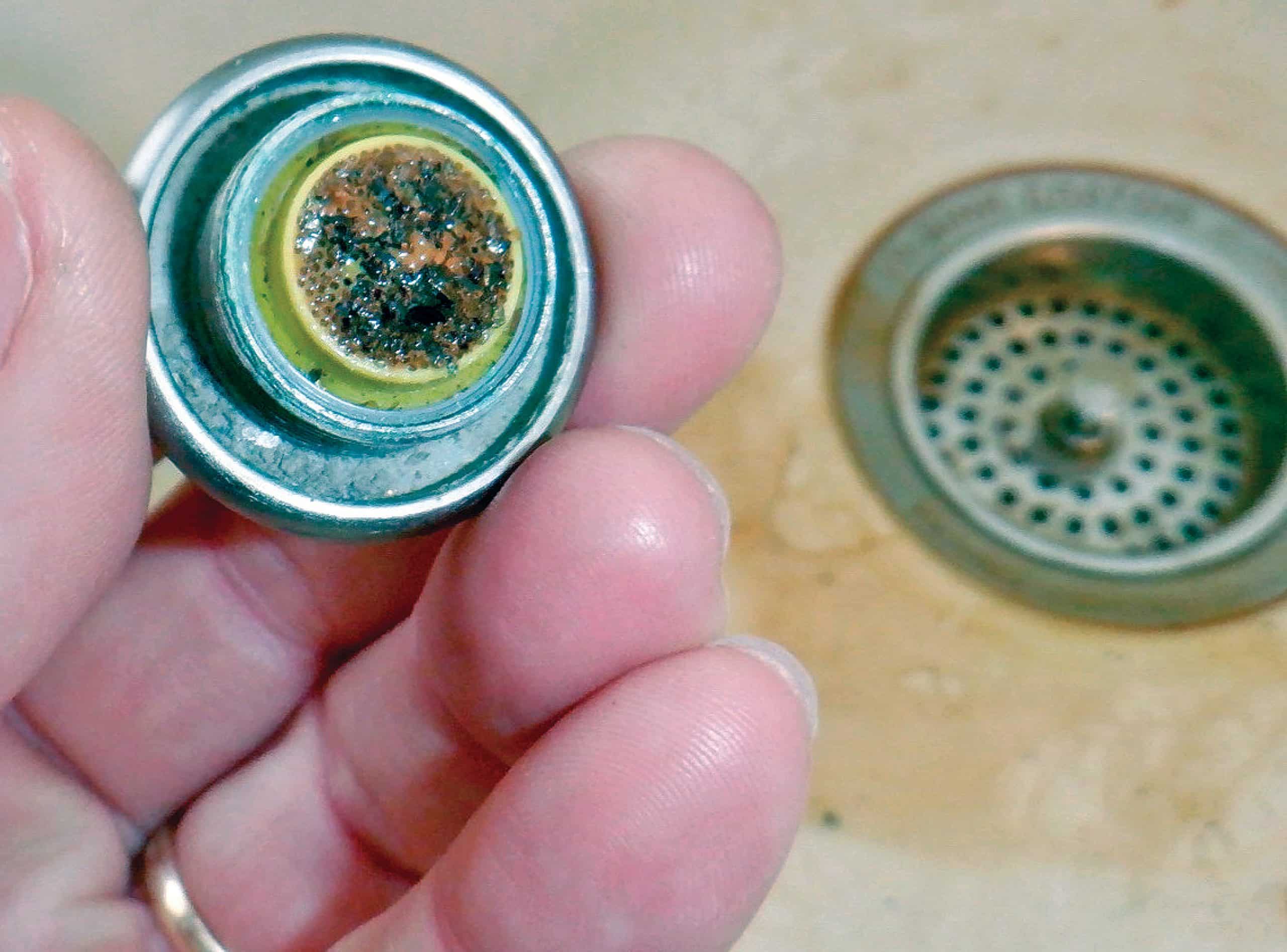
If the property water supply is a private well I will always remove an aerator cap on a sink to check for debris. I learned this trick during an inspection when one sink had terrible water pressure. Looking for any possible explanation, I unscrewed the aerator and it was completely blocked with grit. Cleaning the inside of the cap returned the water pressure to normal. Since then I have done it every time within sight
of the clients. I get a lot of positive comments when I’m explaining what I’m doing.
4. Do the Research
When I email out my inspection report I always attach relevant articles for further research (usually from the Journal of Light Construction, Fine Homebuilding, and the ASHI Reporter) that illustrate what I found during the inspection and/or how to address potential future problems. Including articles shows that you are keeping up with the current industries, that you read, and that you are giving them that little extra bit of attention.
One example: Tom Feiza has a particularly good article explaining water softeners in the October 2022 issue of the ASHI Reporter (page 14).
Thoroughness Is Our Job
Prioritizing thoroughness in your inspections not only benefits your clients by providing them with accurate and reliable information but also enhances your professional reputation. Being thorough is the right thing to do, and showing your thoroughness to buyers and real estate agents can open up new opportunities.
In many ways I think we take for granted that we know all that we do. People today seem overwhelmed with home maintenance and basic construction,
and they will appreciate a trusted friend in the field. And also, they pay us.
Opinions or statements of authors are solely their own and do not necessarily represent the opinions or positions of ASHI, its agents, or editors. Always check with your local governmental agency and independently verify for accuracy, completeness, and reliability.
To Read the Full Article
ASHI offers its members unparalleled resources to advance their careers. ASHI offers training for inspectors at all levels of knowledge and experience, including resources about all major home systems. Members benefit from a vast network of experienced professionals, providing a community for mentorship and knowledge sharing..
In this Issue
Home Inspection Equipment & Tools Checklist
Safety First
Access to Resources
2024 Membership Benefit Survey Results
Spreading Knowledge
Postcards from the Field

FIND A HOME
INSPECTOR
Professional Networking
Grow your professional network, find a mentor, network with the best, and best part of the community that’s making home inspection better every day.
